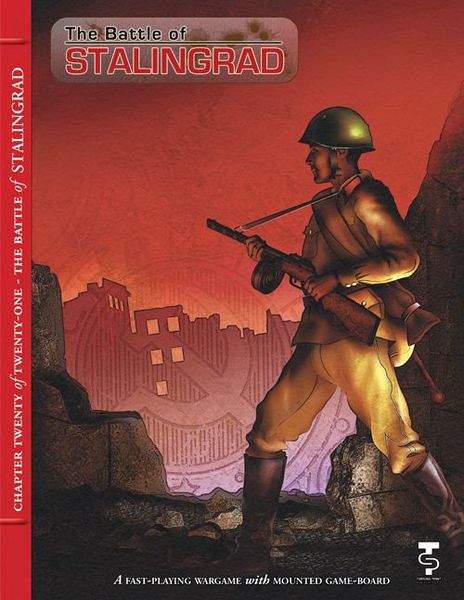The Battle of Stalingrad (2012) Board Game
The Battle of Stalingrad was a major confrontation during World War II in which Nazi Germany and its allies fought the Soviet Union for control of the city of Stalingrad in Southern Russia. The battle lasted from August 23, 1942 to February 2, 1943, and is considered one of the bloodiest battles in history. The Soviet victory at Stalingrad marked a turning point in the war and is often regarded as a crucial milestone in the eventual Allied victory.
Game Components of The Battle of Stalingrad
How To Setup The Battle of Stalingrad
Setting up the game involves placing the game board, deploying the initial German and Soviet forces according to the scenario, and distributing event cards. Players must also set up the terrain features and understand the operational and political rules that govern the game. The setup phase requires attention to detail to ensure a historically accurate and balanced start.
Gameplay Mechanics and Game Objective
Player Experience
The Battle of Stalingrad offers a deeply immersive and challenging experience, particularly for fans of historical wargames. The game is known for its evocative portrayal of the brutal and escalating battle, where initial German strength gradually gives way to Soviet resilience and counterattacks. Players must manage resources, make tactical decisions, and adapt to changing circumstances, all while navigating the complexities of historical events.
Pros
Cons
Personal Thoughts on The Battle of Stalingrad
This game is ideal for experienced wargamers and history enthusiasts who appreciate detailed simulations of historical battles. It requires a commitment to learning the rules and understanding the historical context, but it offers a highly rewarding experience for those willing to invest the time. New players to wargaming may find it overwhelming, but it serves as an excellent example of what the genre can offer in terms of depth and historical accuracy.
We are supported by our audience. When you purchase through links on our site, we may earn an affiliate commission, at no extra cost for you. Learn more.

